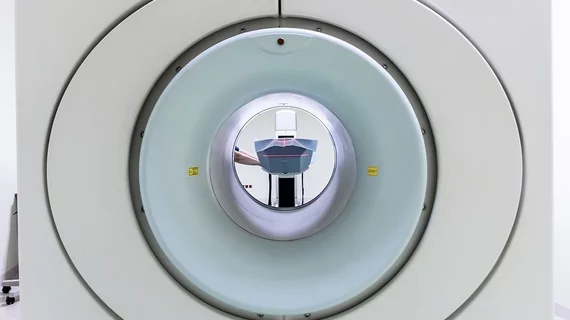NIH funnels millions into research project seeking to enhance musculoskeletal MRI
The University at Buffalo is leading a multidisciplinary team of researchers on a new project to advance musculoskeletal MR imaging.
As part of their effort, the group will develop flexible and wearable imaging hardware that improves upon the sensitivity and slow processing time of traditional MRI.
A five-year, $3.7 million grant from the National Institutes of Health will power the project, which will also focus on creating a comprehensive imaging tool for visualizing semi-solid and solid tissue.
“We expect this research to have a long-term clinical impact in the management of musculoskeletal system injuries, as well as peripheral vascular diseases, joint/cartilage disorders, and complications associated with diabetes, osteoporosis and rheumatism in humans,” Xiaoliang Zhang, a SUNY Empire Innovation Professor in UB’s Department of Biomedical Engineering, said in a statement.
In addition to UB, researchers from the University of California at Berkeley, Stanford University, University of Minnesota, Cleveland Clinic, and GE Global Research will be joining the effort.
These experts also intend to assess the effectiveness of ultra-short echo time and zero echo time methods for imaging tissue that’s normally invisible on MRI.

